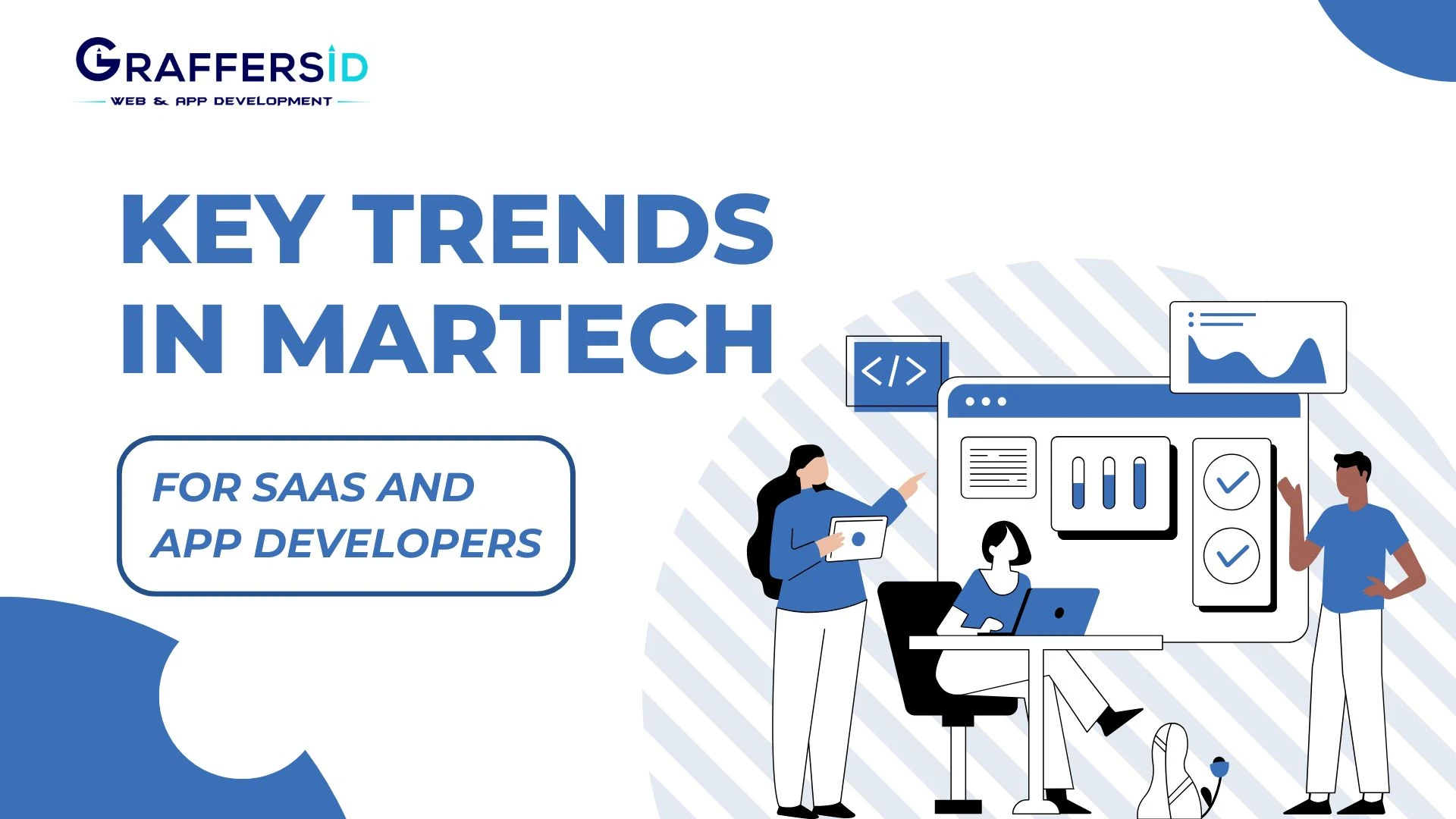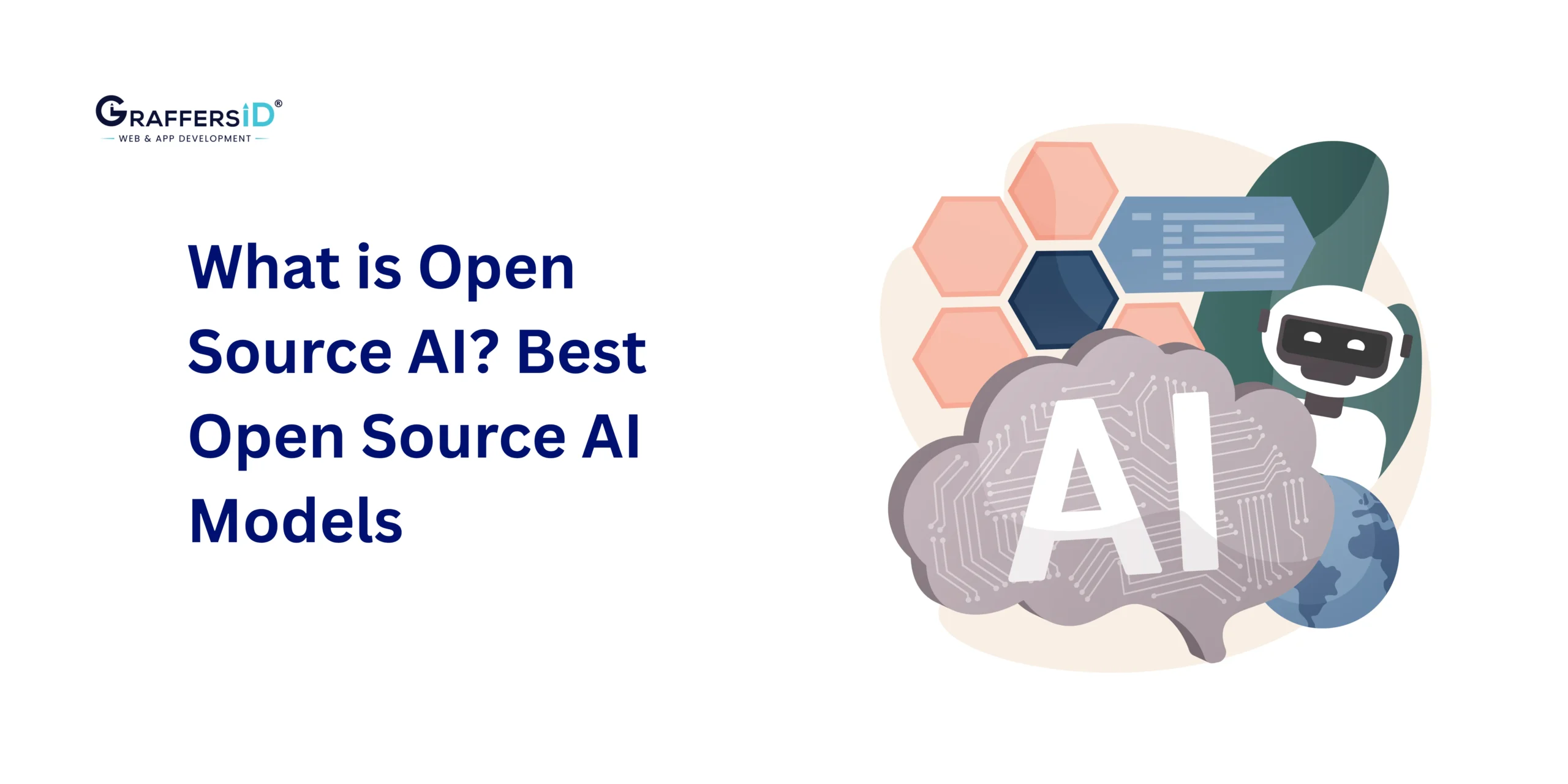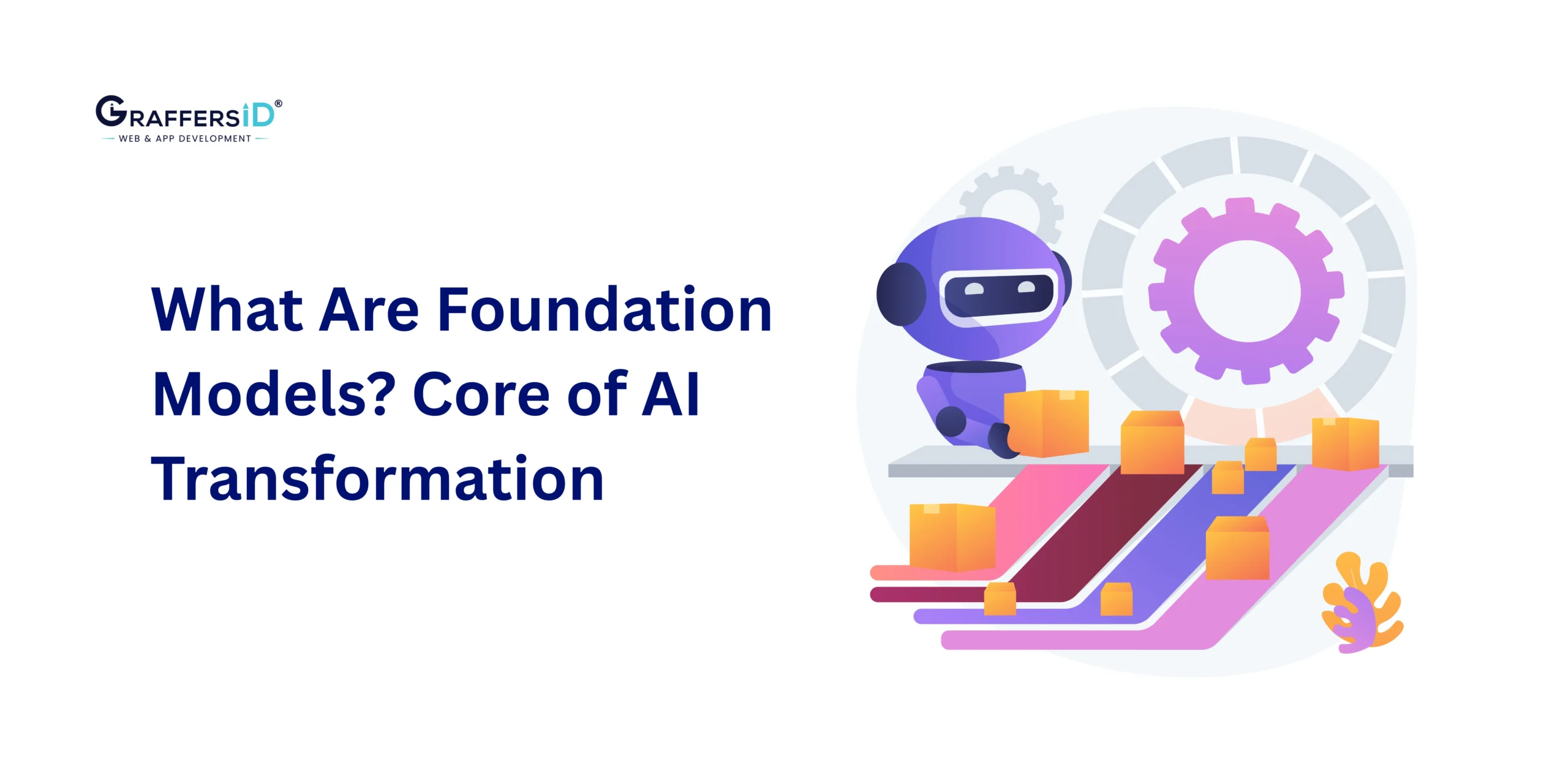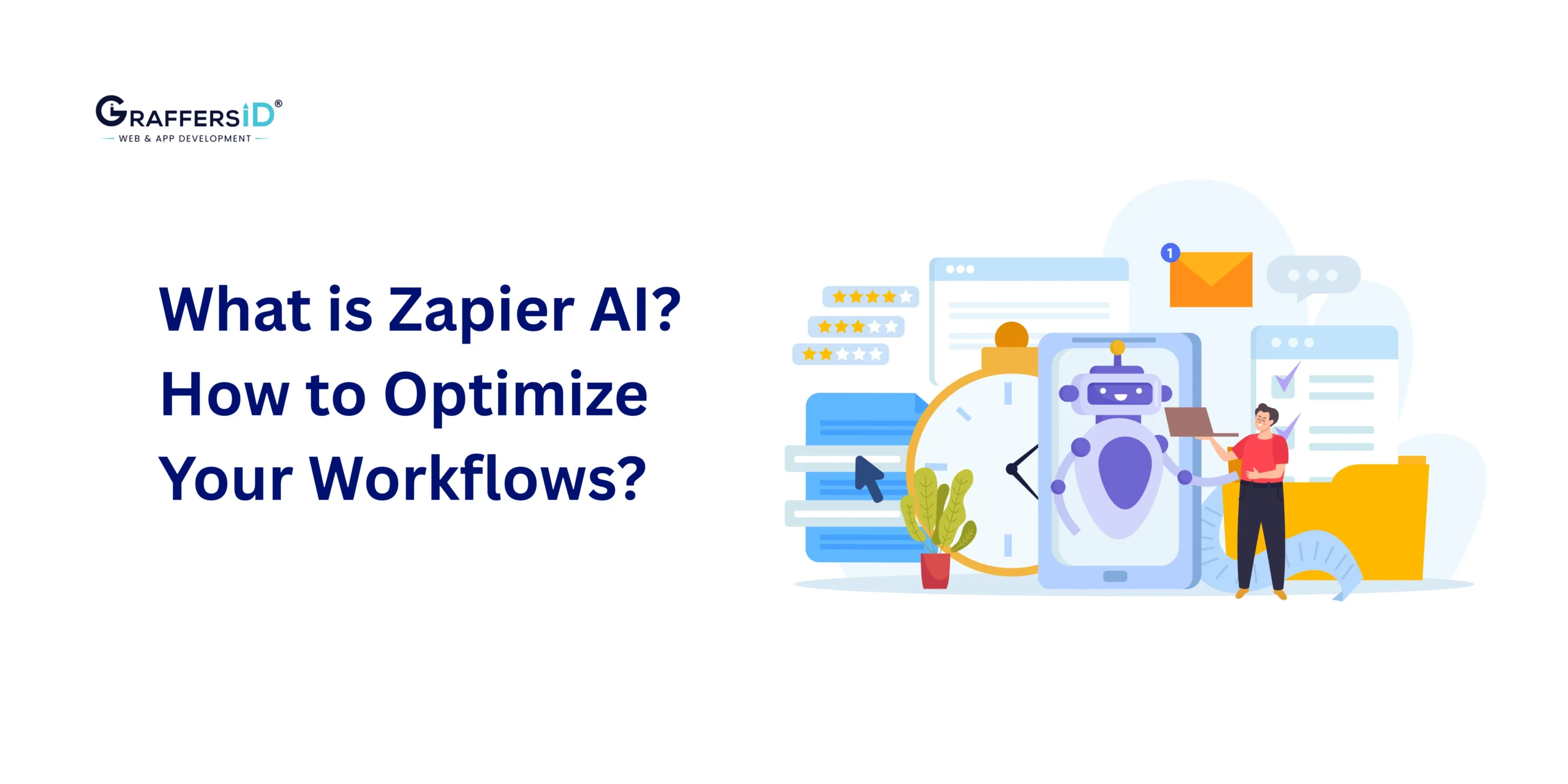Marketing technology (MarTech) is essential for SaaS and app developers trying to raise user involvement, conversions, and loyalty in the competitive digital market. This broad sector offers a range of solutions catered to the particular requirements of tech-oriented marketers, therefore helping them to create successful, customized campaigns and simplify processes at the same time.
Below we explore important MarTech trends and tools transforming SaaS and app development, providing practical ideas on how these developments could enable scalable expansion and improved customer connections.
Why MarTech Matters for SaaS and App Developers
The MarTech landscape has expanded to include a variety of solutions that have been developed especially to solve the complexity of app and software as a service (SaaS) marketing. From user involvement to advanced data analysis, MarTech lets SaaS companies maximize their outreach and raise client retention by means of data-driven decisions.
The technologies accessible to SaaS and app developers provide means to improve operational efficiency, enhance product experience, and eventually drive income as MarTech develops.
Personalization Engines and Customer Data Platforms (CDPs)
The Power of Personalization in SaaS Growth
Personalization is not only just a choice for SaaS businesses anymore; rather, it is a necessary strategy for increasing interaction and fostering loyalty. Consumers want experiences that fit their particular needs, and personalization engines along with Customer Data Platforms (CDPs) help to meet this demand. By aggregating user data from several touchpoints—such as app usage, email contacts, and website visits—CDPs help marketing teams create highly targeted campaigns.
How SaaS Companies Benefit from CDPs
- Improved Retention and Lifetime Value: Studies show that personalization can boost retention rates by 15%, which is vital in the SaaS model since client loyalty determines ongoing income.
- Enhanced Product Experiences: Personalization isn’t restricted to marketing; data insights from CDPs also guide new features, usability improvements, and product updates.
- Increased Campaign Performance: Targeted campaigns based on real-time user activity data have been demonstrated to perform up to 20 times better than generic campaigns.
Real-World Example
Examples of CDP implementation that are worth mentioning are streaming services such as Netflix and Spotify. Their algorithms evaluate personal tastes to suggest material, therefore improving the consumer experience and boosting longer usage times.
Learn More: All you need to know about SaaS Platform Development
AI-Powered Content Generation and Optimization
How AI is Shaping Content for SaaS Companies
SaaS depends on content marketing, and artificial intelligence (AI) has changed how marketers create, evaluate, and improve materials for greater engagement and search engine optimization. AI-powered technologies like OpenAI’s GPT-4 or Jasper enable content authors to automate some of the writing process, therefore accelerating content creation and significantly customizing the result.
By analyzing keywords and competition content, optimization tools such as Clearscope and MarketMuse help SaaS businesses rank higher on search engine results pages (SERRs).
Key Benefits of AI-Powered Content Tools
- Efficiency: AI significantly reduces the time needed to create content, freeing teams to concentrate on personalization and strategy.
- Enhanced Targeting: AI employs machine learning to forecast which kinds of material appeal most to particular groups, therefore aligning messaging with audience needs.
- Increased Scalability: Growing SaaS organizations depend on their capacity to create content at scale, thus it becomes imperative. Content creation driven by artificial intelligence helps teams maintain a consistent flow.
Practical Implementation Tips
Integrating AI content tools into SaaS companies’ marketing process can mean automating social media postings, building SEO-friendly landing pages, or producing blog entries appealing to possible clients. This would help them to guarantee consistent brand voice and messaging across all channels.
Read Also: How to use AI integration in your Mobile App? A Step by Step Guide.
Voice Search Optimization
Adapting to the Rise of Voice Search
Optimizing for voice search is becoming critical as voice-activated devices like Amazon Alexa and Google Assistant become more widely known. According to research, more than half of all online searches are made via voice, thus SaaS marketers should prioritize this are. Voice search optimization is especially important for mobile app developers since consumers frequently prefer to communicate using voice.
Voice Search Optimization Strategies
- Use Conversational Language: Voice searches are generally more conversational. Content that reflects natural speaking patterns will help to increase ranking.
- Answer Common Questions: Organizing material to respond to particular questions will help to ensure featured snippets—often spoken aloud by voice assistants—are secured.
- Leverage Schema Markup: By adopting schema markup, developers may help search engines understand their material, which is especially useful for challenging technical issues.
Case in Point
UberEats and Grubhub are two meal delivery applications that have incorporated voice search, allowing users to order food with voice commands, therefore smoothing out and simplifying their experience. SaaS providers can use similar approaches to improve the accessibility of their systems.
Website Builders for Tech-Focused Marketing Strategies
Using a Good Website Builder for Maximum Impact
SaaS and app businesses trying to get leads, interact with users, and boost conversions depend on an organized and streamlined website. With built-in SEO tools, configurable layouts, and strong analytics, modern website builders have grown quite specialized to suit tech-centric marketing.
A good website builder enables developers to easily create excellent, mobile-responsive websites that are optimized for search engines and conversions.
Advantages of Using a Website Builder for SaaS
- SEO Optimization: Many website builders have built-in SEO tools to enable SaaS businesses to improve their search engine presence.
- Customizable Templates: With the ability to personalize the layout and structure, website builders may help SaaS firms create unique, on-brand designs without the need for a developer.
- Easier Conversion Pathways: Features such as pre-built call-to-action buttons and integrated forms help to simplify the conversion of guests into users or consumers.
Real-World Application
A SaaS company like Slack uses a clean, visually appealing design with quick sign-up processes, demonstrating how competent website builders can support tech-focused marketing. When used correctly, this kind of platform cuts down on delay, making it easier for users to find what they need and motivating them to do what you want them to do.
Account-Based Marketing (ABM) Tools
Targeted Marketing with Account-Based Marketing (ABM)
Targeting particular businesses or high-value consumers, account-based marketing (ABM) is an effective technique designed especially for SaaS enterprises. ABM emphasizes particular accounts rather than large-scale campaigns, customizing the marketing strategy to fit particular demands. Supported by instruments like Demandbase and Terminus, this very focused strategy helps SaaS companies prioritize quality over quantity and provide customized messages that build closer relationships.
Why ABM is Crucial for SaaS Growth
- Higher Conversion Rates: ABM greatly raises the possibility of conversion by customizing messaging to target account needs.
- Maximized ROI: Emphasizing high-value accounts helps SaaS firms maximize their marketing costs.
- Long-Term Customer Relationships: Focusing on customer experience helps ABM assist SaaS marketers to build trust and loyalty, hence fostering higher lifetime value.
Practical Steps to Implement ABM
Identifying high-value target clients, developing tailored marketing materials, and configuring metrics to monitor interaction allow SaaS companies to apply ABM. Targeting just the most promising accounts, this strategy guarantees efficient use of resources.
In-app messaging and Chatbots
Enhancing Engagement with Real-Time Communication
The SaaS business now depends mostly on real-time communication solutions like chatbots and in-app messaging. Through onboarding support, updates, or advice as users negotiate the app, in-app messaging provides contextual engagement. AI-powered chatbots free human resources from tricky issues and provide 24/7 support, addressing frequently asked questions.
Benefits of In-App Messaging and Chatbots
- Immediate Customer Support: Chatbots improve customer experience by responding instantly to users, thus lowering support costs.
- Increased User Engagement: Real-time messages can underline new functions, inspire upgrades, and support ongoing app use.
- Personalization: Advanced chatbots employ artificial intelligence (AI) to deliver individualized responses depending on user behavior and preferences.
Example: Improved Onboarding for New Users
Good onboarding can greatly lower turnover for SaaS businesses. Companies like Duolingo have simplified their onboarding process by including chatbots and in-app messaging, thus guiding consumers through the initial setup and increasing retention.
Read Also: Benefits of Chatbots
Predictive Analytics
Using Data Science to Anticipate Customer Needs
Predictive analytics uses past data to predict customer behavior and drive marketing efforts. For SaaS businesses, where maximizing marketing efforts depends on knowing user behavior, this trend is progressively valuable. By examining historical interactions, tools like Looker and Tableau identify trends and patterns, therefore enabling marketers to forecast future demands and increase the success of campaigns.
How SaaS Companies Benefit from Predictive Analytics
- Enhanced Customer Segmentation: Predictive models identify user subgroups that are more likely to interact with specific material or offers.
- Churn Reduction: Predictive analytics lets SaaS companies identify when customers might be about to leave, thus enabling quick interventions.
- Forecasting Revenue Growth: Analyzing past sales trends enables predictive analytics to provide reliable revenue estimates, therefore supporting strategic decisions and budget planning.
Real-World Example
Among the most well-known instances of predictive analytics in use is Netflix’s recommendation system. The algorithm learns from each user’s watching habits and recommends material accordingly, enhancing engagement and retention. Similar approaches allow SaaS businesses to know what motivates user interaction.
Marketing Automation for Lead Nurturing
Streamlining Outreach with Automated Campaigns
As SaaS organizations expand, effective scalability of marketing initiatives takes front stage. HubSpot, Marketo, and ActiveCampaign among other marketing automation solutions let companies nurture prospects without straining their staff. Whether by drip email campaigns, social media posts, or reminders set off by user activity, automation allows focused, customized programs.
Automation is crucial for SaaS marketers in guiding prospects over the customer journey and thereby transforming leads into long-term subscribers.
Benefits of Marketing Automation for SaaS
- Efficient Lead Management: Automation technologies help to simplify lead scoring, segmentation, and engagement, thus concentrating efforts on high-potential clients.
- Consistency Across Channels: Automated processes guarantee constant communication across systems, therefore enhancing brand recognition and confidence.
- Enhanced Insights: Tracking automated marketing allows SaaS companies to better understand consumer preferences and behaviors, thus guiding their strategy.
Example of Implementation
Email reminders for trial users can be automated by a SaaS provider providing project management software, therefore nourishing them with material outlining important features. This strategy keeps the brand top of mind and helps customers discover the full value of the tool, improving the possibility of conversion.
Video Marketing and Interactive Content
Engaging Audiences with Visual and Interactive Experiences
Video marketing and interactive content have emerged as effective strategies for SaaS organizations seeking to gain and maintain customer attention. Video material like tutorials, customer reviews, and live demos keeps people interested and makes complicated information easier to understand. Interactive materials including tests, polls, and quizzes increase involvement by asking users to actively participate, therefore improving retention rates.
Benefits of Video and Interactive Content for SaaS
- Improved Retention: Video content is more interesting than static text, resulting in a longer time on the page and higher retention.
- Enhanced Understanding of Product: Video lessons give consumers a hands-on knowledge of features for sophisticated SaaS products.
- Data Collection: Interactive features can collect vital information about user preferences and engagement, enabling better-targeted follow-ups.
Real-World Application
Asana, a SaaS firm, introduces new features and maximizes user onboarding by means of video lessons. Asana facilitates users’ adoption of the whole capabilities of the platform by dissecting difficult processes into visual instructions.
Read Also: Data privacy in the digital Age
Blockchain for Data Privacy and Security
Leveraging Blockchain for Enhanced Security and Transparency
Blockchain technology gives SaaS businesses a means to improve data security and establish consumer confidence as privacy issues arise. It makes data storage transparent and distributed, which makes it challenging for hackers to modify it. Blockchain technology can be a competitive distinction for SaaS providers in fields like finance or healthcare, where data privacy is critical.
Advantages of Blockchain in SaaS Marketing
- Improved Security: Blockchain’s distributed character guards private data from illegal access.
- Transparency for Users: Blockchain provides users with better visibility into how their data is stored and used.
- Compliance with Privacy Regulations: Blockchain technology helps one comply with privacy rules like GDPR, therefore lowering legal risks.
Blockchain Implementation in Action
For security of private data, blockchain-based platforms are becoming more and more popular among financial and health-tech startups. A SaaS company that uses blockchain for data protection might reassure users and even recruit privacy-conscious customers.
Embracing MarTech for Future Growth
As marketing technology develops, SaaS and app developers have many chances to improve customer experience, increase efficiency, and achieve steady development. From content tools driven by artificial intelligence to personalizing engines, the MarTech scene presents countless opportunities for data-driven, customer-centered marketing. Staying updated with these trends helps SaaS businesses to stand out, build enduring client relationships, and set themselves for success in a competitive marketplace.
MarTech’s growth calls on embracing the correct mix of tools as it develops. Early adopters of these technologies by SaaS firms will probably reap major advantages ranging from more engagement to higher revenue growth. Hire Saas Product developers from GraffersID and we can help you build your custom-made Saas App with ease to leave the burden of hiring, retention, and product development, and focus on your core business growth. Schedule a meeting now to get the quote!





